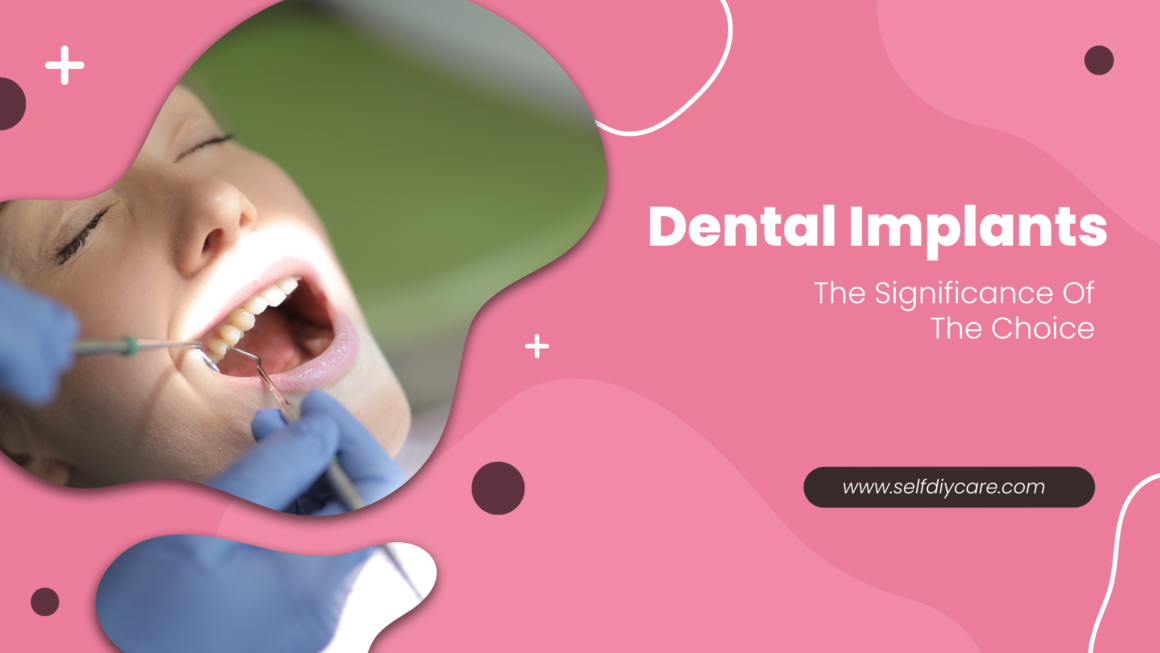Introduction
Microplastic, an emerging environmental contaminant, has captured significant public attention due to its potential impacts on human health. Concerns about monomers, additives, adsorbed chemical pollutants, and related biofilms go beyond the actual plastic polymers. In order to better understand the risks posed by exposure to microplastics, the World Health Organization (WHO) carried out an extensive analysis and evaluation of the available data in 2019. Building on this work, the World Health Organization (WHO) launched second research to look into exposure to microplastics from food, water, and the air. In order to shed light on the possible concerns involved with ingesting microplastic, we explore the dangers, effects, and side effects of microplastic on human health in this article.
What are Microplastics?
Microplastics are present in many parts of the ecosystem, including fishing nets, ropes, and cigarette butts. Through marine life, these little particles may find their way up the food chain and eventually into the bodies of humans and other animals. Plastic was created in 1907 by Belgian chemist Leo Baekeland using the application of heat and pressure to combine formaldehyde and phenol. Plastic breaks down into smaller particles even after it takes hundreds of years to degrade, which adds to the persistence of microplastics in the environment.
The Dangers of Microplastic
They pose several dangers to human health, with potential implications for cardiovascular and immune systems. The key risks associated with microplastic exposure are following:
1. Hormone Disruption
Long-term exposure to the common plasticizer bisphenol A (BPA) might cause problems with hormones. BPA causes severe damage to the reproductive system, leading to illnesses such as polycystic ovarian syndrome (PCOS) and infertility in women. Hormonal imbalance can have a significant impact on one’s general health and wellbeing.
2. Chronic Disease
Due to the endocrine disrupting properties, microplastic significantly increases the chance of developing chronic illnesses like type 2 diabetes and heart disease. Research has connected exposure to microplastics with reduced insulin sensitivity, inflammation, obesity, and impaired fasting glucose. These results highlight the need for more investigation to completely comprehend the long-term effects of microplastic pollution on human health.
3. Impaired Immune Health
Microplastics have the potential to impair immune function and harm the gut flora. The presence of microplastics in the gastrointestinal system can disrupt the delicate balance of gut microbiota, leading to a condition known as dysbiosis. Immune system dysfunction can make a person more vulnerable to infections and other immune-related conditions.
4. Gastrointestinal Issues
Constipation, bloating, and other gastrointestinal issues might result from consuming microplastics. Microplastics’ abrasive properties have the ability to irritate and harm the digestive tract, which could jeopardize the absorption of nutrients and general gut health.
5. Toxicological Effects
Microplastics have the capacity to take up and retain dangerous chemical pollutants from the surrounding air. Heavy metals, persistent organic pollutants (POPs), and other hazardous materials are examples of these contaminants. These absorbed compounds are released into the body by microplastics when consumed, intensifying their toxicological effects.
6. Inflammatory Responses
The body may have inflammatory reactions after being exposed to microplastics, which could lead to chronic inflammation. Prolonged inflammation has been connected to a number of illnesses, such as some malignancies, cardiovascular disorders, and autoimmune diseases. To properly comprehend the impact of microplastics on human health, more research is necessary to thoroughly grasp their inflammatory effects.
Microplastics in Food: A Cause for Concern
Eating contaminated food is one of the main ways that humans get exposed to microplastics. Many food products, such as seafood, salt, honey, and even bottled water, contain microplastics. The specific dangers connected to microplastics in various food categories are examined in the sections that follow.
1. Fish and Other Marine Food
Fish, shellfish, and crabs are examples of marine creatures that can consume microplastics found in their natural environments. The digestive tract and other tissues of the organisms are susceptible to the accumulation of these microplastics. Humans may unintentionally swallow microplastics when they eat tainted seafood, which raises questions about possible health hazards. Research has demonstrated the existence of microplastics in a range of seafood items, highlighting the necessity of appropriate regulation and oversight to reduce human exposure.
2. Salt
Microplastics have been found in table salt in recent investigations, demonstrating the level of contamination in this often-used condiment. The fact that microplastics can be found in salt indicates that these particles have gotten into the food chain in a number of ways. It highlights how widespread microplastic pollution is, even though the health effects of eating salt contaminated with microplastics are still being investigated.
3. Honey
During the production process, bees—which are vital pollinators—may unintentionally introduce microplastics from the surroundings into honey. Microplastics found in honey samples worldwide indicate heavy contamination of this natural sweetener. Consuming honey containing microplastic particles worsens the health risks associated with exposure to these minute plastic particles.
4. Bottled Water
Recent findings reveal that bottled water, often considered a safer alternative to tap water, also contains microplastic particles. Microplastics may find their way into the finished product through the bottling process’s production procedures and packing materials. Ongoing investigations into the health impacts of ingesting microplastics through bottled water raise questions about the overall safety of this widely consumed beverage.
Mitigating the Risks of Microplastic Exposure
The mitigation of health concerns linked with microplastic pollution and its reduction necessitate joint efforts from individuals, industries, and policymakers. The following actions can reduce the amount of microplastic pollution and safeguard public health:
1. Reduce Single-Use Plastic
It is possible to drastically reduce the amount of plastic trash produced and disposed of by cutting back on the usage of single-use plastic products like straws, bags, and disposable cutlery. Opting for reusable alternatives and supporting programs that encourage sustainable practices can contribute to a cleaner and healthier environment.
2. Proper Waste Management
A key component of effective waste management strategies is the recycling and appropriate disposal of plastic trash, which help keep them out of the environment. To reduce plastic pollution, governments and communities should give top priority to the creation and application of comprehensive waste management plans.
3. Innovation and Research
Developing sustainable materials and technologies that might take the place of conventional plastics requires significant investment in research and innovation. This include looking into biodegradable substitutes, encouraging environmentally friendly packaging, and funding the creation of cutting-edge filtration technologies to rid water sources of microplastics.
4. Consumer Awareness and Education
It is essential to educate the public about the dangers of microplastic pollution and how it affects human health. Consumer advice, educational initiatives, and informational materials can enable people to make well-informed decisions, such as choosing products free of microplastics and patronizing companies that uphold sustainable business practices.
Conclusion
Microplastics are a concerning hazard to human health, as they may cause everything from gastrointestinal problems and immune system impairment to hormone disruption and chronic illnesses.
Consuming tainted food, such as seafood, salt, honey, and bottled water, heightens concerns about the impact of microplastics on human health. To protect present and future generations, stakeholders need to make a concentrated effort to lower plastic pollution, enhance waste management systems, encourage innovation, and raise consumer awareness. We can reduce the dangers of microplastic exposure and make the environment healthier and more hygienic for everyone if we act decisively.












